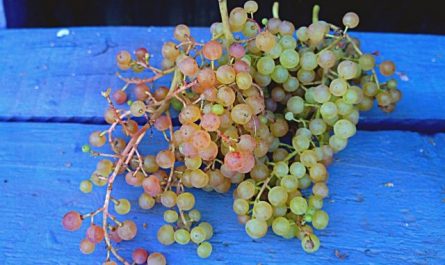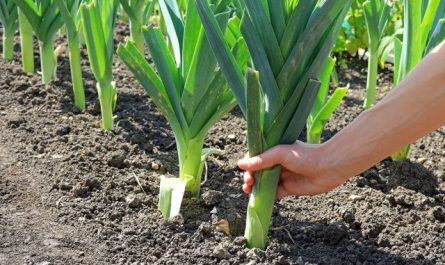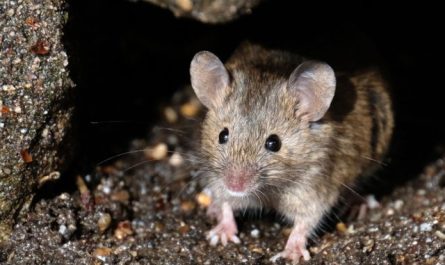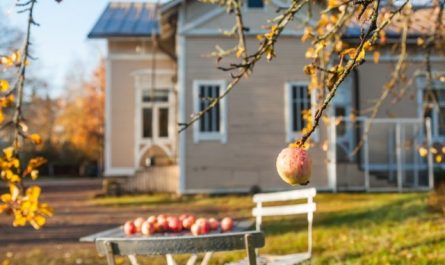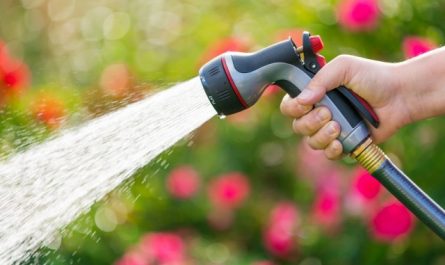In garden plots, it is necessary to use very few chemicals. For some groups of pests, such as mites and nematodes, they are practically absent, and therefore, in order to obtain high yields of berries, it is necessary to create favorable conditions for development so that the plant itself can resist both damage by pests and diseases. It is necessary to remember that it is much easier to bring strawberry mites, strawberry and stem nematodes, the causative agent of verticillium wilt, to the plot along with seedlings than to get rid of them.

© J. Chris Vaughan
Early spring period.
Immediately after the snow melts and the soil dries completely, it is necessary to thoroughly clear the beds of plant debris, in which pests and pathogens can overwinter. Collected leaves and other debris should be burned or composted.
After raking the leaves, but before the start of the strawberry growing season, if the plants were severely affected by diseases last year, it is necessary to spray the plantings with 3% Bordeaux mixture.

© Will Merydith
Spring period (beginning of leaf growth – extension of flower stalks).
At the beginning of leaf growth, spray the plantings with 1% Bordeaux mixture with the addition of 1% colloidal sulfur, or 0,5% sulfur. During this period, special attention should be paid to identifying the strawberry-raspberry weevil. If there is a large number of them and there is a high risk of a sharp decrease in the yield, spray the plantings with one of the pyrethroid preparations: anometrin, permethrin, rovikurt, kilzar. It is best to do this during the period of active feeding of beetles on young leaves. In no case should this spraying be allowed to be carried out at a time when the beetles have switched to feeding on the buds, since at this time the beetles have already managed to damage 10-20% of the buds. Spring spraying against the strawberry-raspberry weevil is not the best, but considering that this spraying will destroy the caterpillars of the strawberry leaf roller, larvae and adult insects of the spittlebug, it is still advisable to carry it out.

© Adrian Nier
Late period (from the beginning of bud formation until flowering).
To combat spotting, powdery mildew and gray mold, spray with 1% Bordeaux mixture with added sulfur. To increase the resistance of plants to diseases and strawberry mites, mineral fertilizers should be added as top dressing. Collect and destroy all damaged buds of the strawberry-raspberry weevil. During prolonged rains, chopped wheat straw or pine needles are laid between the strawberry rows to reduce the damage to the berries by gray mold.

© cheekycrows3
Summer period (immediately after flowering until the end of berry picking).
During the appearance of slugs and centipedes, bait in the form of rags, burdock leaves, and planks is laid out in the evening on the plots. In the morning, snails and centipedes are collected under the bait and destroyed. At this time, sawfly larvae and leaf beetles may appear on the plantations. If there are a small number of them, they can be collected (especially beetles). To combat sawfly larvae, if there are very many of them, spray with lepidocide. Berries affected by gray mold are collected and destroyed to prevent the spread of the disease. Plants inhabited by nematodes are found and destroyed. Observations are made for the appearance of strawberry-raspberry weevil beetles.

© ryochiji
Late summer and autumn periods (after harvest).
Immediately after harvesting, spraying is carried out against the strawberry-raspberry weevil and strawberry mite with malathion. Given the development characteristics of both pests, the working solution of the insectoacaricide must be applied to the middle of the row (at the base of the bushes), where these pests are located at this time. To combat diseases, it is better to spray with 1% Bordeaux mixture with the addition of sulfur during this period. Against slugs, metaldehyde is used at the rate of 4 g per 10 m2 or dusted late in the evening with slaked lime (25 g per 10 m2), or superphosphate (30-40 g per 10 m2). The best efficiency of these preparations will be when the treatment is repeated after a couple of days.
In case of severe infestation of plantings with spotting, mites, powdery mildew and the presence of large weeds, mowing of leaves with their subsequent composting is allowed. However, it should be remembered that this method does not completely solve the problem of protecting plantings from pests, and can even reduce the yield of plantings if it is not performed in a timely manner.

© Debs (ò‿ó)♪
Before planting strawberries on soil infested with cockchafer and grasshopper larvae (more than two cockchafer larvae and five grasshopper larvae), it is necessary to improve the soil. 30 days before planting seedlings, add ammonia water to the furrows at a rate of 20 liters per 100 m2. Immediately after adding, the furrows are wrapped and the soil is covered with film for 18-20 days until the pest larvae are completely destroyed.
To combat nematodes in the soil, thiozane is used; it is also applied 30 days before planting at a rate of 1,0-1,5 kg per 10 m2.



